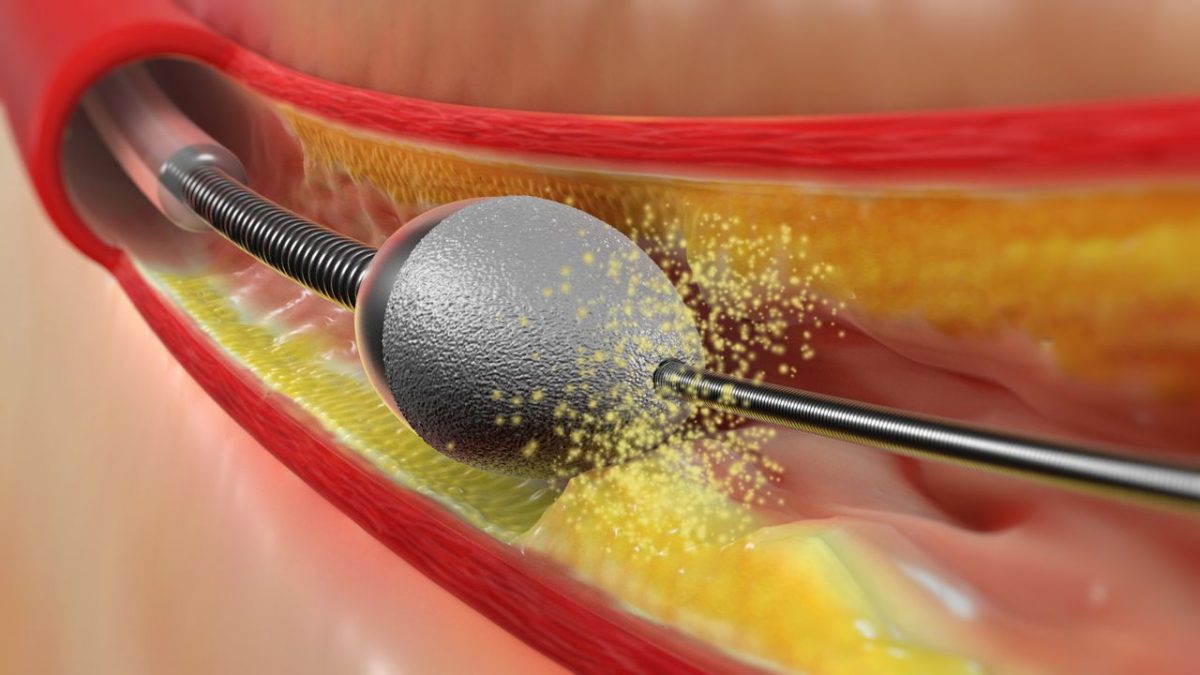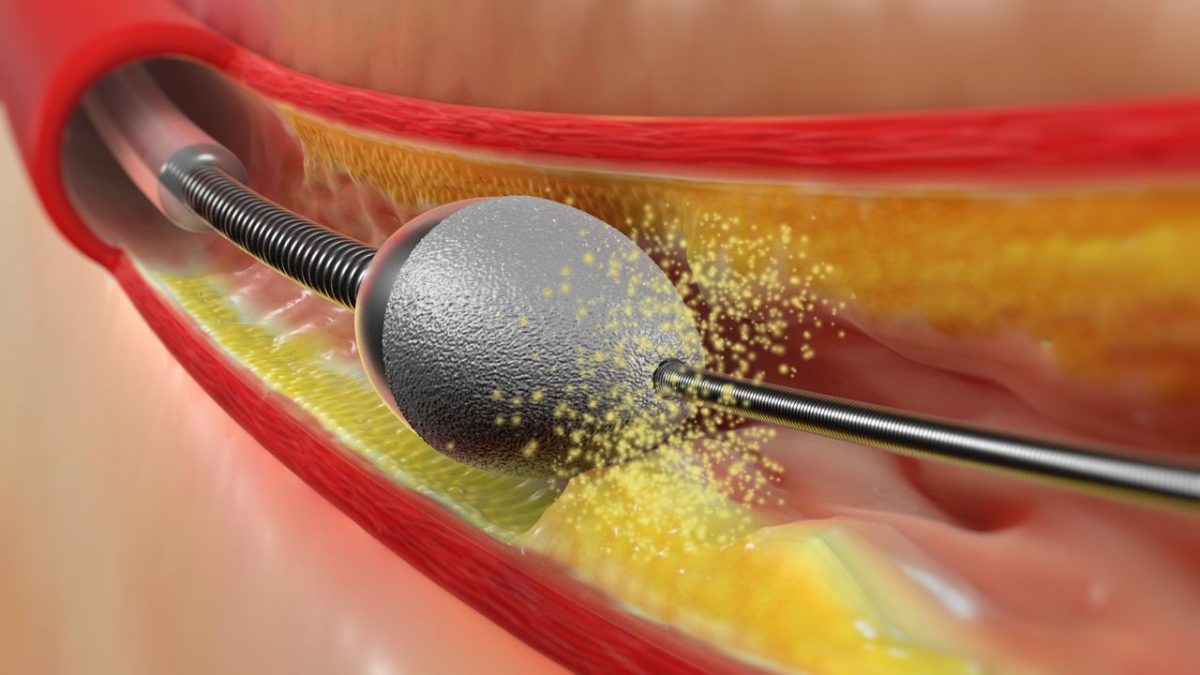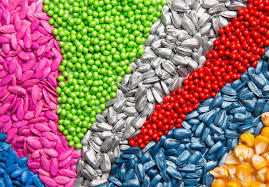The Vietnam medical laser market is poised for significant growth, with projections estimating a rise from USD 54.69 million in 2023 to USD 98.64 million by 2032, translating to a healthy CAGR of 6.60%.The medical laser market in Vietnam is experiencing a period of rapid growth and transformation, driven by advancements in technology, increasing healthcare investments, and a rising demand for minimally invasive procedures. This market, pivotal to the country’s healthcare evolution, presents significant opportunities for both local and international players. This article delves into the factors propelling the Vietnam medical laser market, the key segments, and future prospects.
Browse the full report at https://www.credenceresearch.com/report/vietnam-medical-laser-market
Market Drivers
Several factors are contributing to the robust growth of the medical laser market in Vietnam. Firstly, the country’s healthcare infrastructure is improving, with substantial investments from both the government and private sector. The Vietnamese government has been actively working on enhancing healthcare facilities and services, aiming to provide better medical care to its population. This includes the adoption of advanced medical technologies, such as medical lasers, which offer precise and efficient treatment options.
Secondly, there is an increasing awareness among the Vietnamese population about advanced medical treatments. As the middle class expands and disposable incomes rise, more people are willing to invest in quality healthcare services. This shift is particularly noticeable in urban areas, where demand for cosmetic and dermatological treatments using lasers is on the rise.
Key Segments
The medical laser market in Vietnam can be segmented based on type, application, and end-users. The main types of medical lasers include diode lasers, solid-state lasers, gas lasers, and dye lasers. Among these, diode lasers are the most widely used due to their versatility, compact size, and cost-effectiveness. They are extensively employed in dermatology, dentistry, and surgical procedures.
In terms of application, the market is divided into dermatology, ophthalmology, gynecology, dentistry, and others. Dermatology holds the largest market share, driven by the increasing demand for aesthetic procedures such as skin resurfacing, tattoo removal, and hair removal. Ophthalmology is another significant segment, with lasers being used for vision correction procedures like LASIK and cataract surgeries. The dental sector is also witnessing growth, with lasers being used for soft tissue procedures, teeth whitening, and decay removal.
End-users of medical lasers include hospitals, clinics, and specialty centers. Hospitals dominate the market due to the extensive range of procedures performed and the availability of advanced facilities. However, specialty clinics and centers focusing on dermatology and ophthalmology are rapidly growing, driven by the rising demand for specialized and minimally invasive treatments.
Challenges and Opportunities
Despite the promising growth, the Vietnam medical laser market faces certain challenges. High costs associated with advanced laser systems can be a barrier for smaller clinics and healthcare providers. Additionally, there is a need for skilled professionals to operate these sophisticated devices. Lack of proper training and awareness can hinder the effective utilization of medical lasers.
However, these challenges also present opportunities for market players. Companies can focus on providing cost-effective laser solutions tailored to the needs of smaller clinics and rural healthcare facilities. Additionally, there is a significant opportunity for training programs and workshops to educate healthcare professionals about the benefits and usage of medical lasers. Collaborations with educational institutions and healthcare providers can facilitate skill development and ensure the optimal use of laser technology.
Future Prospects
The future of the medical laser market in Vietnam looks promising. The continued investment in healthcare infrastructure, coupled with the growing demand for advanced medical treatments, will drive market expansion. Technological advancements will further enhance the capabilities of medical lasers, making them more efficient and accessible.
Moreover, the rising prevalence of chronic diseases such as diabetes and cardiovascular conditions will increase the demand for laser-based treatments. For instance, lasers are used in photodynamic therapy for cancer treatment and in the management of diabetic retinopathy, a common complication of diabetes.
Key player:
- Asclepion Laser Technologies
- Lumenis
- Cynosure
- Alma Lasers
- Candela Medical
- PhotoMedex
- Deka Medical
- Sharplan
- I.T. Biotech
- Biolitec
Segments:
Based on Application
- Surgery
- Diagnostics
- Others
Based on Device Type:
- Respiratory Devices
- Cardiology Devices
- Orthopedic Devices
- Diagnostic Imaging Devices (Radiology Devices)
- Endoscopy Devices
- Ophthalmology Devices
- Other Devices
Based on End-Users:
- Hospitals
- Clinics
- Homecare Settings
- Others
About Us:
Credence Research is committed to employee well-being and productivity. Following the COVID-19 pandemic, we have implemented a permanent work-from-home policy for all employees.
Contact:
Credence Research
Please contact us at +91 6232 49 3207
Email: sales@credenceresearch.com




